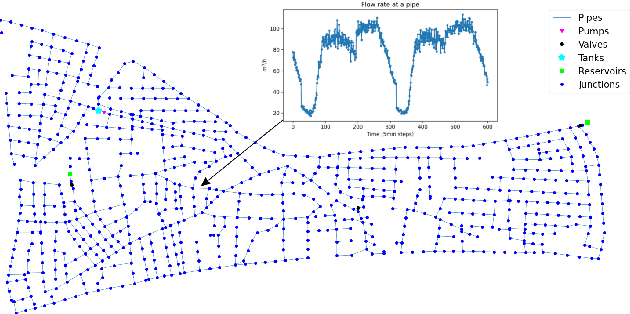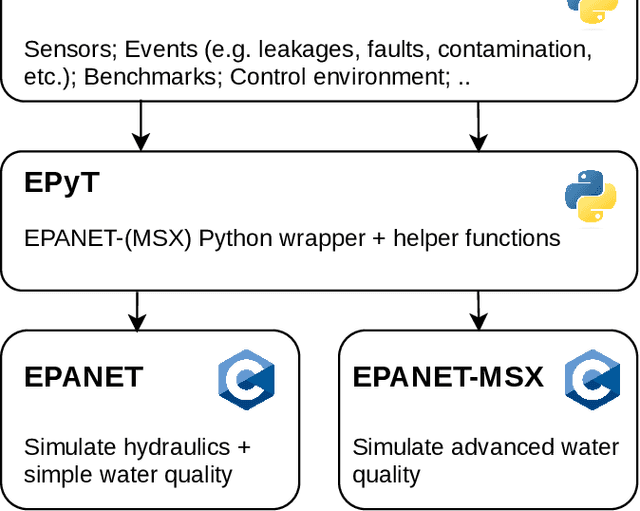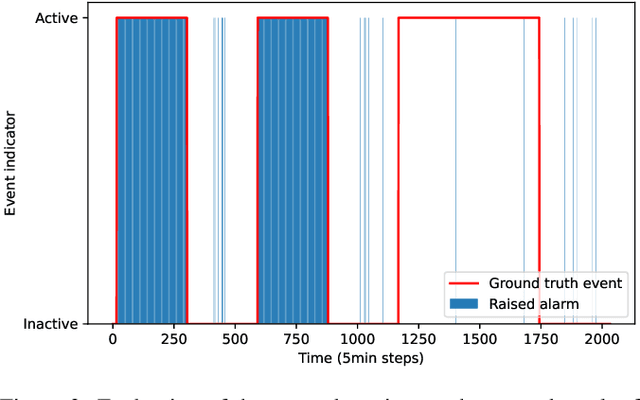Marios S. Kyriakou
Urban Water Consumption Forecasting Using Deep Learning and Correlated District Metered Areas
Dec 30, 2024



Abstract:Accurate water consumption forecasting is a crucial tool for water utilities and policymakers, as it helps ensure a reliable supply, optimize operations, and support infrastructure planning. Urban Water Distribution Networks (WDNs) are divided into District Metered Areas (DMAs), where water flow is monitored to efficiently manage resources. This work focuses on short-term forecasting of DMA consumption using deep learning and aims to address two key challenging issues. First, forecasting based solely on a DMA's historical data may lack broader context and provide limited insights. Second, DMAs may experience sensor malfunctions providing incorrect data, or some DMAs may not be monitored at all due to computational costs, complicating accurate forecasting. We propose a novel method that first identifies DMAs with correlated consumption patterns and then uses these patterns, along with the DMA's local data, as input to a deep learning model for forecasting. In a real-world study with data from five DMAs, we show that: i) the deep learning model outperforms a classical statistical model; ii) accurate forecasting can be carried out using only correlated DMAs' consumption patterns; and iii) even when a DMA's local data is available, including correlated DMAs' data improves accuracy.
A Toolbox for Supporting Research on AI in Water Distribution Networks
Jun 04, 2024


Abstract:Drinking water is a vital resource for humanity, and thus, Water Distribution Networks (WDNs) are considered critical infrastructures in modern societies. The operation of WDNs is subject to diverse challenges such as water leakages and contamination, cyber/physical attacks, high energy consumption during pump operation, etc. With model-based methods reaching their limits due to various uncertainty sources, AI methods offer promising solutions to those challenges. In this work, we introduce a Python toolbox for complex scenario modeling \& generation such that AI researchers can easily access challenging problems from the drinking water domain. Besides providing a high-level interface for the easy generation of hydraulic and water quality scenario data, it also provides easy access to popular event detection benchmarks and an environment for developing control algorithms.
 Add to Chrome
Add to Chrome Add to Firefox
Add to Firefox Add to Edge
Add to Edge